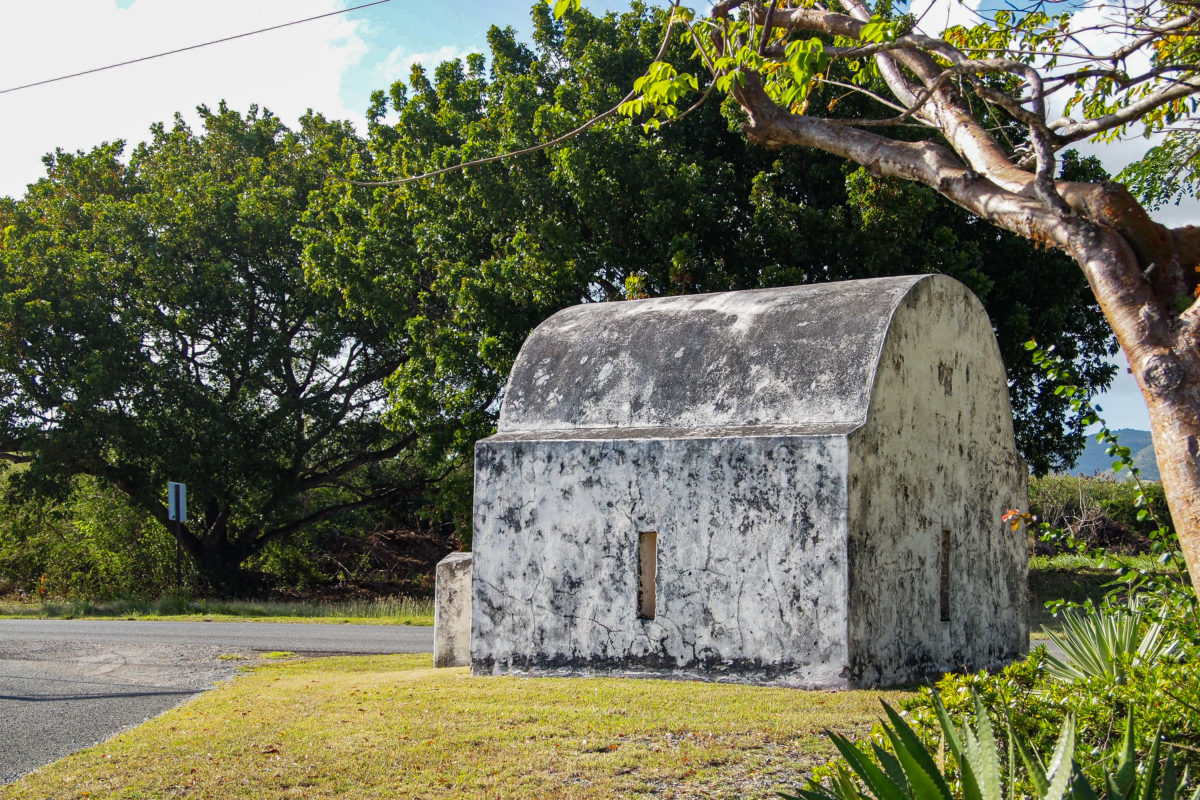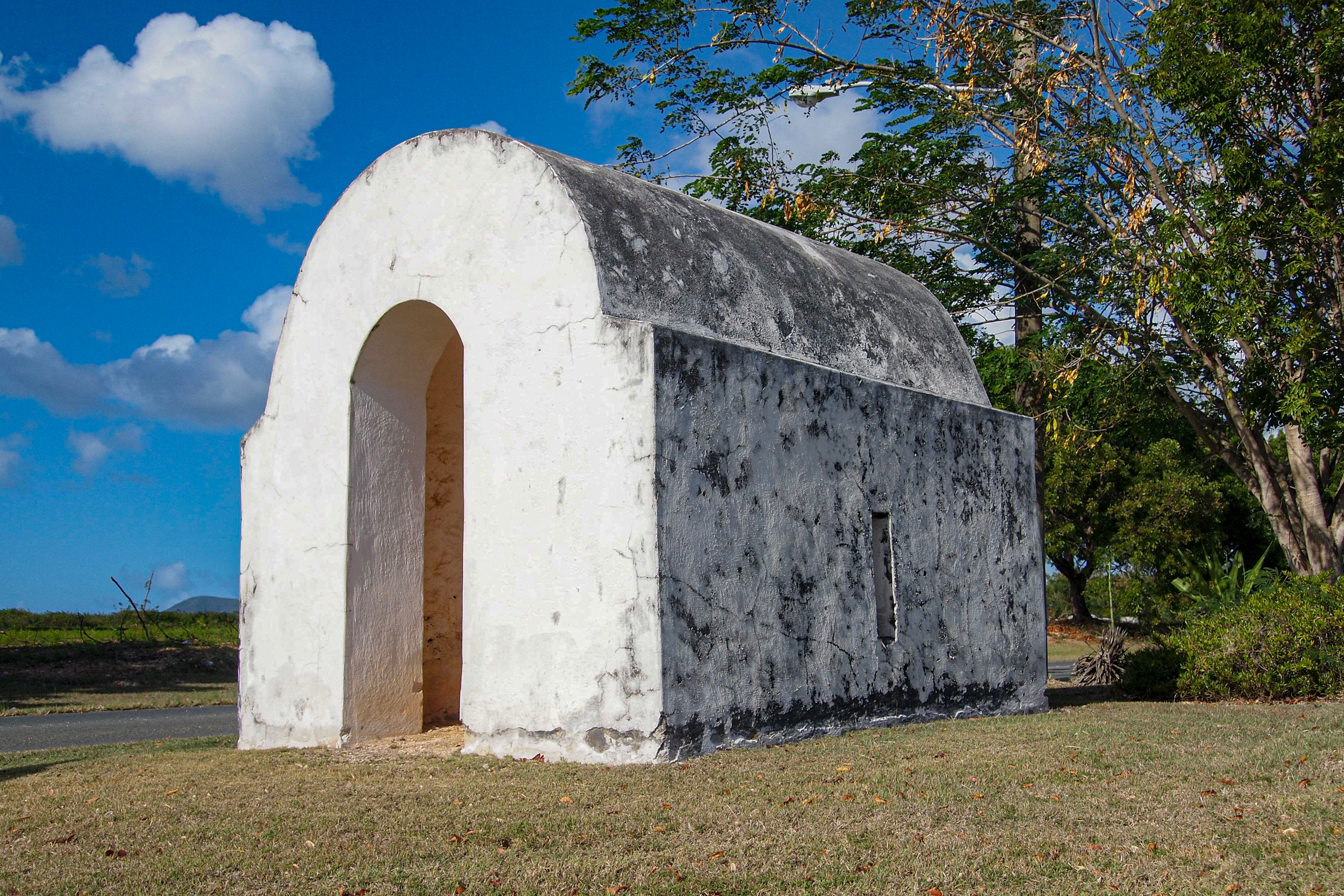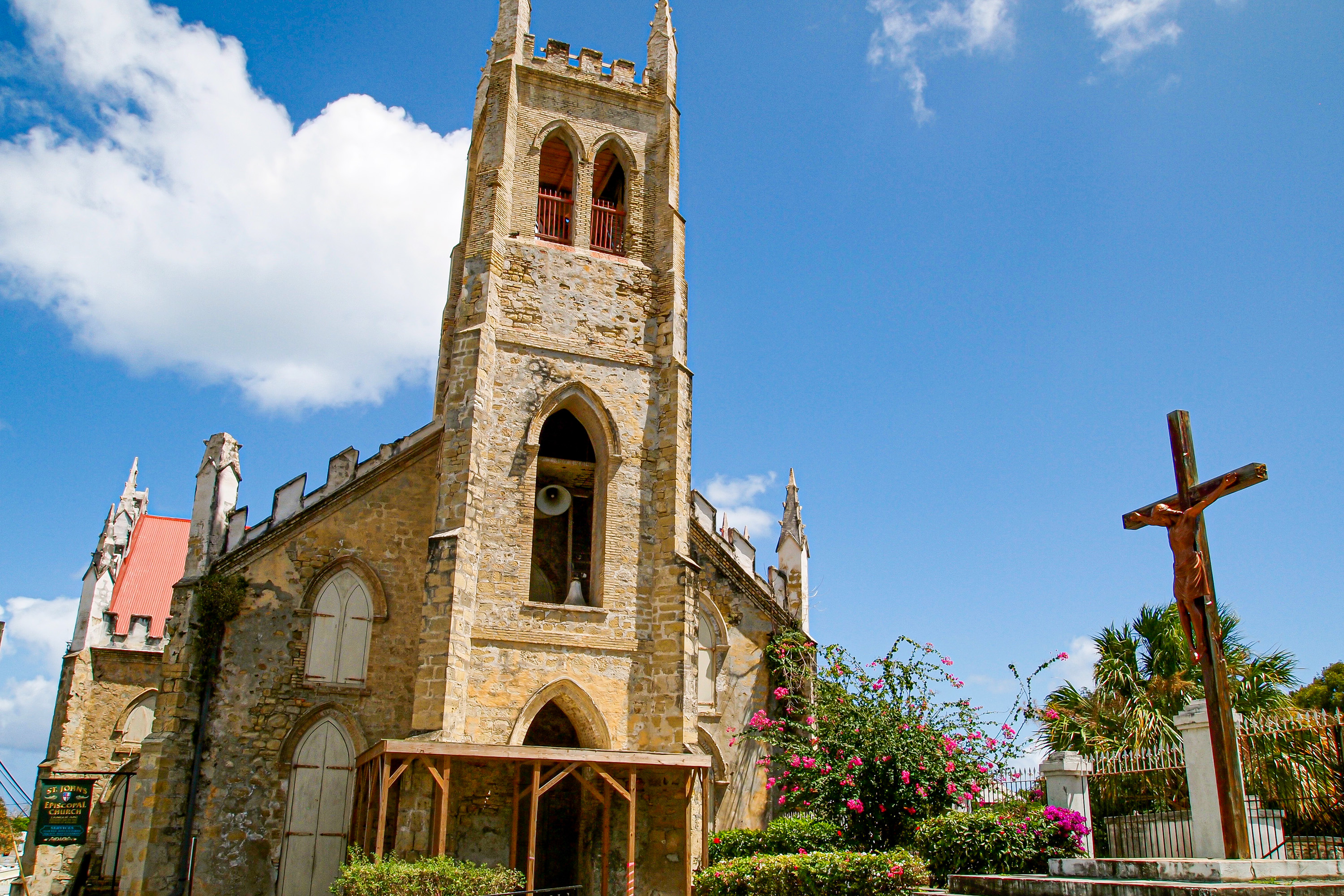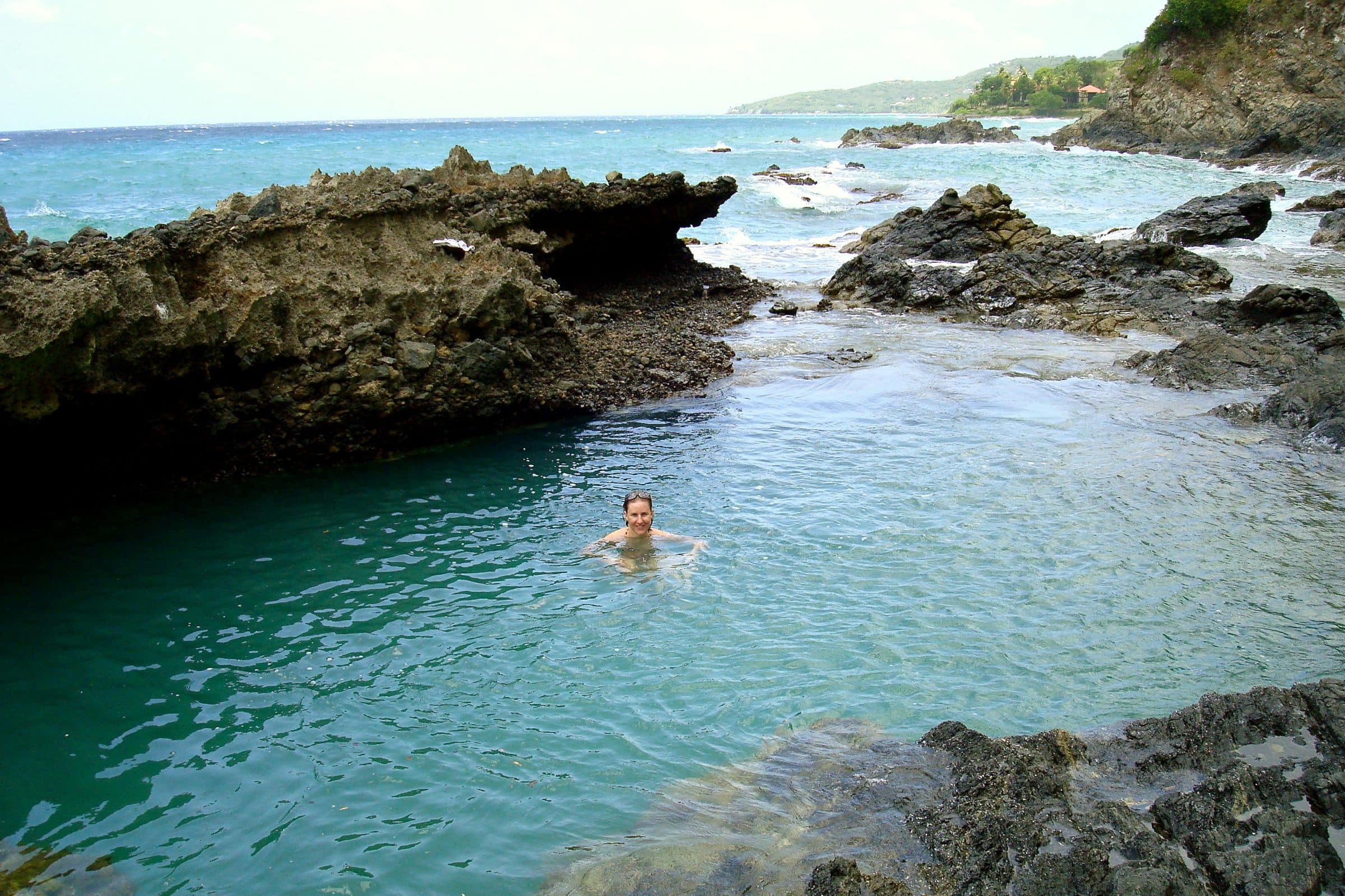Plantation Watch Houses, Saint Croix: Uncommon Attraction
Throughout my home island of Saint Croix, as in other islands across the Caribbean, evidence of the region’s colonial past and plantation-based society can be found in the ruins of ancient structures strewn all over the place. They’re so common, in fact, that I largely took them for granted during my childhood. Take the small hovel pictured here, for instance. I’d seen a few of them around over the years. I never stopped, though, to see what they were about until recently. What I learned really surprised me.
They’re called Plantation Watch Houses. Unlike the iconic Sugar Mills found anywhere and everywhere in the Caribbean that cane was cultivated between the 16th and 19th centuries, these little guys are pretty rare.
Strictly St Croix Structures
Saint Croix Landmark’s Society research shows that Watch Houses were a uniquely Danish structure. Surprisingly, though, you won’t find any in the other islands that comprised the Danish West Indies. (I.e.: St. Thomas and St. John). Watch Houses are a strictly Crucian thing. Even so, fewer than 10 can be found in St Croix!
So, what was the purpose of the St. Croix Plantation Watch Houses?
Possible Watch-House Purposes
Well, part of the answer certainly lies in the “Watch House” name. Colonial-era maps show that Watch Houses were located at strategic points where the fields of several different plantations met. From this shelter, a guard could sound an early warning if there was a crop fire. They could also keep an eye out for thieves, or prevent enslaved Africans from escaping bondage.
Another theory: Watch Houses were used as makeshift daycare centers. In this way, infant slaves received care within close proximity of their mothers working in the fields.

All of these uses seem to make sense. Some have argued, though, that there must be more to these structures. St Croix’s Plantation Watch Houses are just too majestic in their form for such simple functions.
No one really knows all the ways that these buildings were used, or why they’re only found in St. Croix. It’s just this type of mystery, though, that makes visiting the Watch Houses more interesting.
Step inside. Peer through the three narrow window openings. Run your hands along the thick stone walls. Let your imagination wander…
How To Visit St. Croix Plantation Watch Houses
The Watch House featured in this post was restored by Texaco and the Saint Croix Landmark’s Society in 1989. It’s located just west of the Henry E. Rohlsen International Airport. Take a right upon exiting the terminal and in about two minutes you’ll see it on your left. An unmistakable 8×10 landmark astride the main road.
This particular Watch House was once part of the Betty’s Hope Plantation Estate. Ruins of the estate’s old Sugar Mill, Great House, and other structures are all still there. The ruins are accessible via a short hike from the dirt road that leads due south from the Watch House…and I never knew it!
Something else I once took for granted, but will certainly make sure to discover on a future trip back home.



